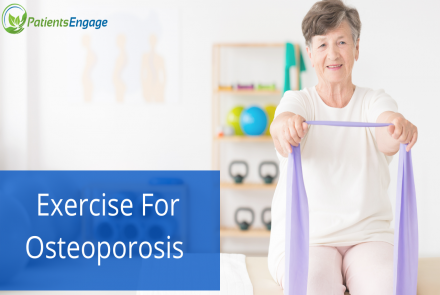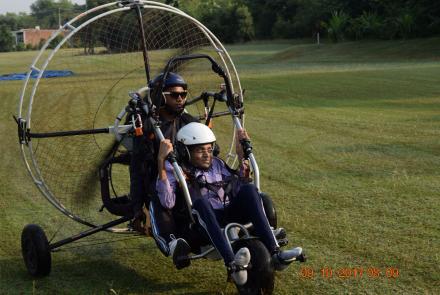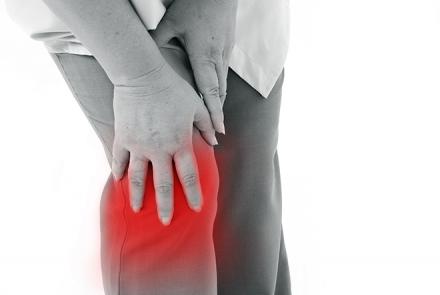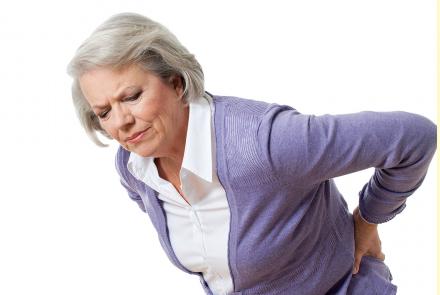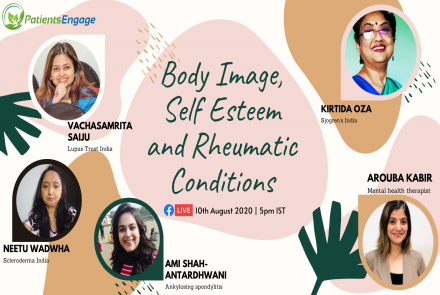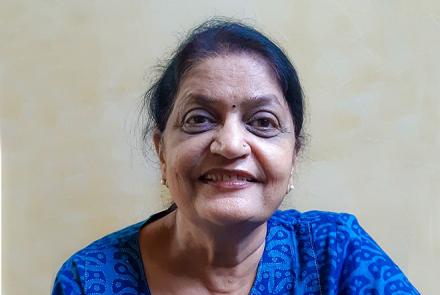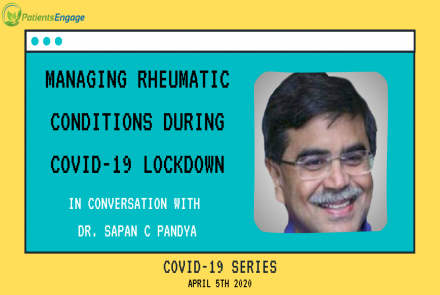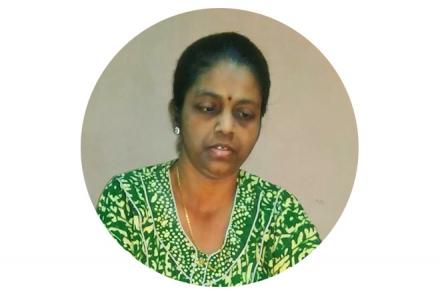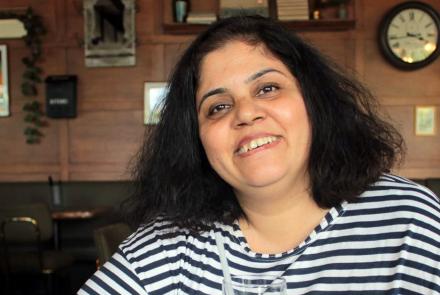
Cooking can be a strenuous task for someone with arthritis and other muscle/joint disorders. But you don't have to give up cooking. Here are a few useful day to day tips to minimize the load on the joints and maximize what one can achieve in the kitchen, advises Dr S M Akerkar, Consulting Rheumatologist. This is the first of a 2-part series. The second part addresses the issue with visuals and examples.
Your home and kitchen are supposed to be your most comfortable and familiar place in the world; a place where you relax with family and loved ones. But when you have arthritis, trying to move around your house and using certain household objects can be challenging and painful. Here are a few tips that will ease your way around the house and help you reduce your discomfort and difficulty – so the pains and aches in the joints do not interfere with your day to day functioning and pleasures.
Tips on how to arrange your kitchen—cooking
- Do not stand continuously for prolonged duration while cooking. Instead use a stool/ chair with adjustable height to sit. Take adequate rest while cooking.
- Adjust the height of the chair in such a way that the kitchen platform is 5 cm below the elbow level. This is the distance required for comfortable cooking using a chair. You may get a wooden platform made to achieve this height or get a chair raiser unit.
- Use a trolley to shift big utensils from one room to other. The same trolley can double up as a walking aid rest of the time.
- Keep the commonly required cooking utensils/ ingredients within easy reach. These objects should never be kept on the shelf. For eaxmple, a cutting board that you require everyday should not be in the top shelf of a cupboard.
- Have drawers mounted on rollers as it takes less effort to pull them.
- Heavy items/boxes should never be stored in a location that is above the shoulder level or below the knee level.
- Use electrical appliances like a food processor whenever possible to reduce the stress on the joints and consequently the pain and fatigue.
- Gather all the items that you need for a particular meal on the table before you actually start cooking. This saves a lot of energy in moving around every now and then to gather various items. Additionally, once all the items are on the table, you can sit on a chair and cook.
- Store various items/ supplies in places where they are required the most. For example, storing the soaps, detergent powder, sponges near the sink would conserve energy & increase the efficiency.
- Always distribute the weight of objects you carry over multiple joints rather than a single/ few joints.
- Always carry pots/ pans and other objects with two hands. Use one hand to hold and the other hand to support the same.
- Use assistive devices wherever possible. For example, Instead of tearing open a plastic pack, use a scissor.
- Use shelves with 'easy to remove' features.
- Use utensils with a teflon coating. They have non stick surface and are easier to clean and wash.
Dr S M Akerkar is a Consulting Rheumatologist at Mumbai Arthritis Clinic & Research Center. The above article is taken from Dr Akerkar’s Blog, the links of which are provided below.
http://www.arthritissupportboard.com/How-to-arrange-your-kitchen-if-you-have-arthritis.aspx
http://www.arthritissupportboard.com/How-to-arrange-your-kitchen-cooking-if-you-have-arthritis.aspx

